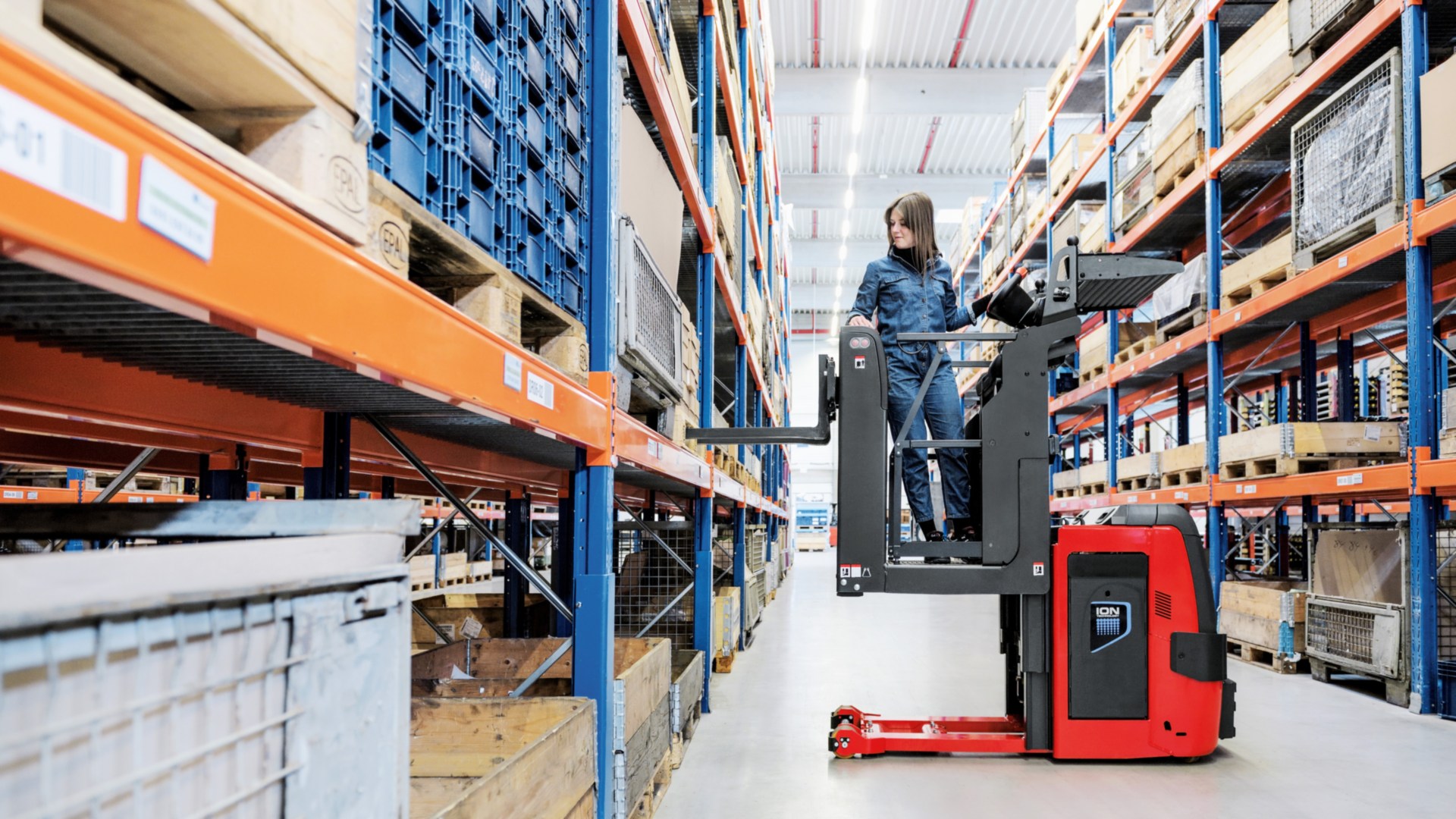There are still many questions about preventive warehouse
safety measures that every warehouse system worker should follow to minimize
the risk of accidents in daily operations.
Here are 6 of the most common hazards in the warehouse and some safety tips to help prevent them.
Why are preventive security measures in the warehouse important?
Warehouses can be dangerous places to work. It is important for employees to understand warehouse hazards because they can lead to injuries or even death.
The set of preventive measures and recommendations that guarantee safety in the warehouse and consequently reduce potential risks are of utmost importance for the entire organization and your staff.
Therefore, the possible risks must be evaluated in order to
implement a preventive program.
Risks and preventive measures in the warehouse
To guarantee maximum protection and minimize any risk in the warehouse, it is convenient to consider the 6 preventive security measures that Verge Safety Barriers indicate below:
1. Forklift trucks or forklifts
When forklifts are operated improperly they can cause serious damage to operators, nearby workers, and property.
Precautionary measures
- Make sure all forklift operators are competent and have completed certified training, and undergo regular refresher training and evaluation.
- Perform daily equipment inspections prior to startup to check for damage to controls.
- Install safety barriers
2. Springs
One of the worst accidents a worker could have while working in a warehouse is being pinned or crushed between a forklift and also the dock.
This can generally occur when a forklift comes off the dock and hits a person.
Precautionary measures
- Make sure the edges of the dock are clear and secure to support loads.
- Make sure there are warning signs and mechanisms to prevent people from approaching the docks.
3. Storage of materials
Improper stacking of loads on shelves can cause nearby workers to trip.
Precautionary measures
- Keeping aisles clear and in good repair will prevent workers from slipping, tripping, or falling.
- Loads should be placed evenly and correctly; heavier loads should be stacked on the lower or middle shelves. Always remember to get rid of one load at a time.
4. Conveyors
Conveyor equipment is usually utilized in warehouse facilities to transport goods.
Conveyors pose serious hazards to workers, such as getting caught in equipment and being struck by falling objects.
Precautionary measures
- Wear suitable protective equipment for protection against entanglement of clothing, body parts, and hair.
- When performing conveyor maintenance and repairs, always use the proper lock-out procedures.
5. Dangerous chemicals
When handling hazardous chemicals in your warehouse or storage facilities, you should implement a program of preventative warehouse safety measures.
This program should cover effective training on the identification of chemical hazards, the proper handling, storage, and disposal of chemicals, and the use of proper PPE.
Precautionary measures
- A suitable ventilation system must be installed to disperse harmful gases. Facilities should be in place to wash eyes and shower if employees are exposed to acids and chemicals.
- Have a written spill control plan. Train employees to clean up spills, protect themselves, and properly eliminate used materials.
6. Manual lifting / handling
The most common cause of physical injury in warehouses and storage facilities involves improper manual lifting and handling. Manual lifting or handling can cause musculoskeletal disorders if performed with awkward postures, repetitive movements, or overexertion.
Precautionary measures
- Plan ahead and determine if the need to lift objects can be minimized by applying good engineering design techniques.
- Maintain a proper ergonomic posture when carrying or moving loads. If the products are too heavy, ask a coworker for help.
Finally,
All workers who could potentially be affected by occupational hazards should receive training on preventive safety measures in the warehouse in order to reduce serious risks of accidents and injuries.
Similarly, conducting safety inspections and implementing safety measures can help maintain a safe and healthy work environment.




Comments
Post a Comment